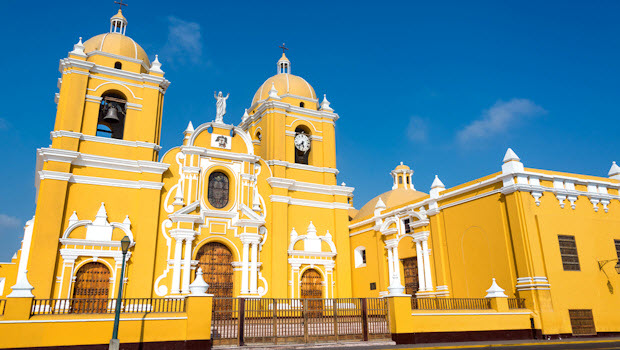
Historic center of Trujillo Peru – Night and Day
Trujillo, the provincial capital city where colonial and pre-Hispanic architectural jewels from the past coexist harmoniously at the center of a vibrant, modern urban center.
Strolling along its historic main plaza, the first thing you’ll notice are the bright yellow and blue buildings, ornately detailed with white moldings and brown wooden doorways and window frames.
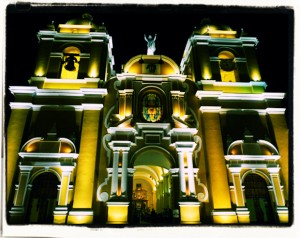
The Casa Calonge, a 16th century mansion, is the headquarters of the Central Reserve Bank, the exhibits of gold artifacts from the Chimu culture and the exquisite furniture from the Spanish Vice Royal and Peruvian Republican eras. One of its historic treasures is the writing desk of Simon Bolivar, who stayed in the mansion when it was owned by his friend, Juan Antonio Ochaita y Urquiaga. It was at this desk that Bolivar drafted much of his treaties emancipation for South America from the Spanish Crown.
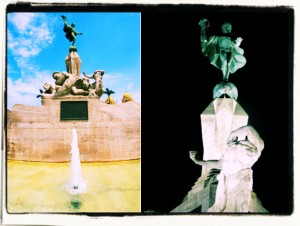
A few blocks away is another mansion, a neoclassic structure from the Republican era, that’s well worth visiting, the Palace of Itúrregui, located on Calle Pizarro. It is open Monday through Sunday from 9 a.m. to 7 p.m. The building, with its golden ceiling moldings and grand carved wooden columns was constructed in 1842. Its owner was Juan Manuel Itúrregui, a hero and financial benefactor of Peru’s independence movement from Spain.
The most charming and popular destinations in the historic center of Trujillo’s is the nostalgic Toy Museum, owned by Peru’s well-known artists and Geraldo Chávez. His exhibit includes a vast private collection porcelain dolls molded lead soldiers miniature wooden houses, automobiles, ships, and marionettes from all around the world. Visitors are encouraged to pose for photographs with the toys, the photography is prohibited in the rear gallery of the museum where pre-Columbian artifacts are exhibited. The Toy Museum is located on the second floor of colonial mansion on the seventh block of Jíron Independencia, and is open to the public Monday through Saturday from 10 a.m. to 6 p.m. (There is a nominal entry fee.)
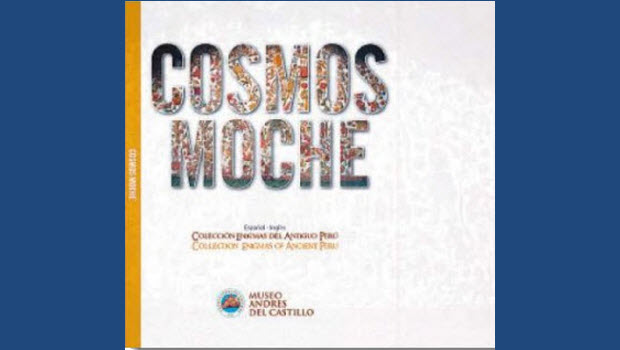 The Moche cosmo vision explored in new book / CD
The Moche cosmo vision explored in new book / CD 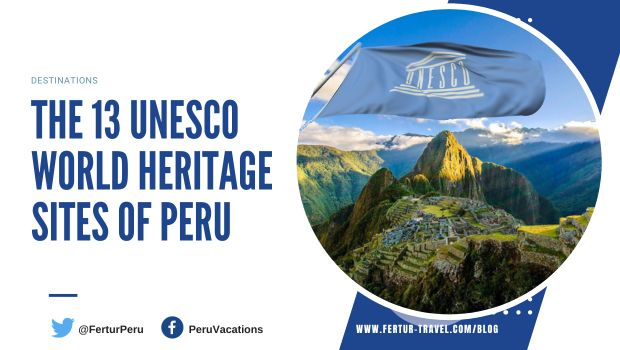 The Treasure Trove of UNESCO World Heritage Sites in Peru
The Treasure Trove of UNESCO World Heritage Sites in Peru 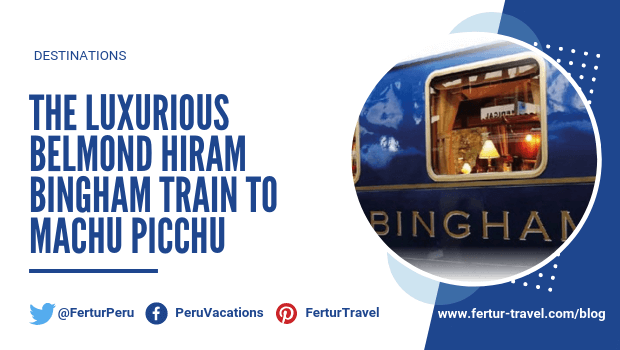 The Story of the Luxurious Belmond Hiram Bingham Train to Machu Picchu
The Story of the Luxurious Belmond Hiram Bingham Train to Machu Picchu 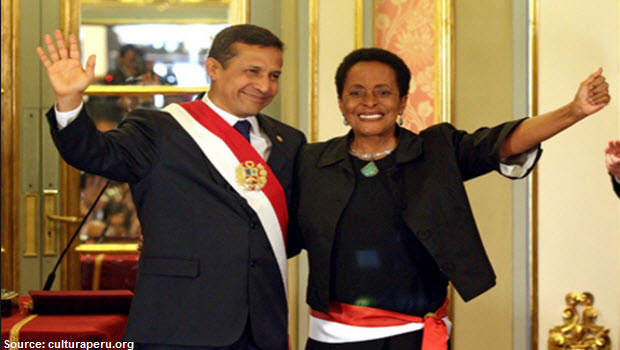 Pressure mounts to increase Machu Picchu visitor limit ahead of UNESCO expert’s visit
Pressure mounts to increase Machu Picchu visitor limit ahead of UNESCO expert’s visit 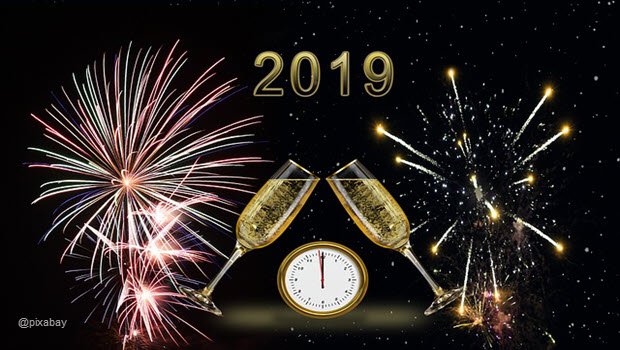 4 New Year’s Eve Parties 2019 in Lima: Hotels and Restaurants
4 New Year’s Eve Parties 2019 in Lima: Hotels and Restaurants 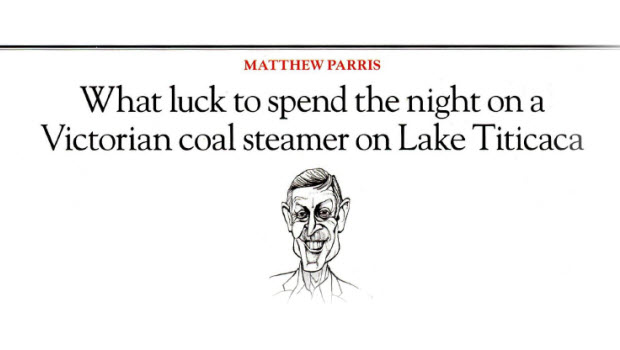 Matthew Parris sings the praises of a night aboard the Yavarí on Lake Titicaca
Matthew Parris sings the praises of a night aboard the Yavarí on Lake Titicaca  Amantaní Island Homestay: Experiential Travel in Peru
Amantaní Island Homestay: Experiential Travel in Peru 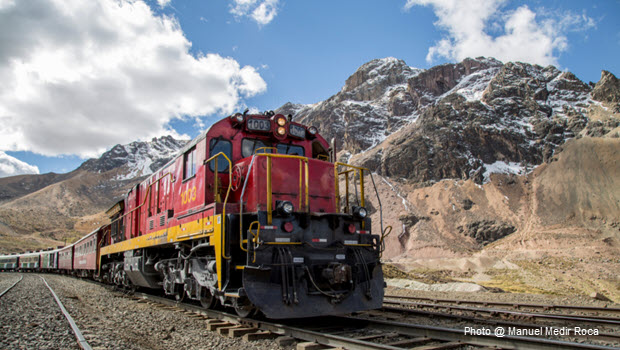 Astonishing Andean Train Ride from Lima to Huancayo
Astonishing Andean Train Ride from Lima to Huancayo